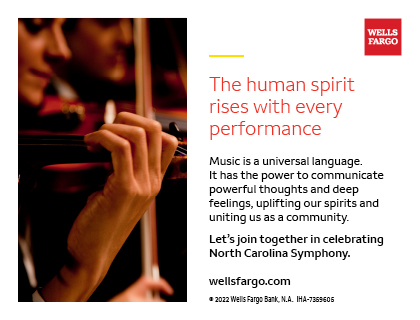Piano Concerto No. 1 in D Minor, Op. 18
Johannes Brahms (1833-1897)
THE STORY
In 1853, 20-year-old Johannes Brahms knocked on a door in Düsseldorf with a letter of introduction to the famed German composer Robert Schumann, who invited the young Brahms in and asked to hear one of his compositions on the piano. Later that evening, Schumann recorded the meeting simply in his diary: “Brahms from Hamburg—a genius.”
Shortly thereafter, Schumann introduced Brahms to the musical world as “a young man over whose cradle Graces and Heroes have stood watch.” The message was clear: the successor to Beethoven had arrived.
Brahms would develop a very close relationship with Schumann and his wife, pianist and composer Clara Schumann. Then tragedy struck: within three years of their first meeting, Schumann passed away after an intense and harrowing deterioration of his mental health. The loss was devastating.
Beginning in 1854, the year after meeting the Schumanns, Brahms would work diligently on his First Piano Concerto until its premiere in 1859, revising and weighing each note until it satisfied his uncompromising standard. The work is dark and apocalyptic, reflecting the emotional and psychological tolls of these overwhelming years in his young life. The result is stunning; a work of maturity and mastery that stands amongst Brahms’s greatest works.
LISTEN FOR
- The piano soloist’s first entrance in the first movement—not virtuosic or bombastic, but contemplative and hymn-like
- The gorgeous melody in the strings and winds that opens the second movement, which the composer described to Clara Schumann as “…a tender portrait of you…”
- The low notes of the piano and the orchestra in the third movement, inspired by the compositional style of Johann Sebastian Bach which often featured furiously weaving bass lines
INSTRUMENTATION
Solo piano; two flutes, two oboes, two clarinets, two bassoons, four horns, two trumpets, timpani, strings

